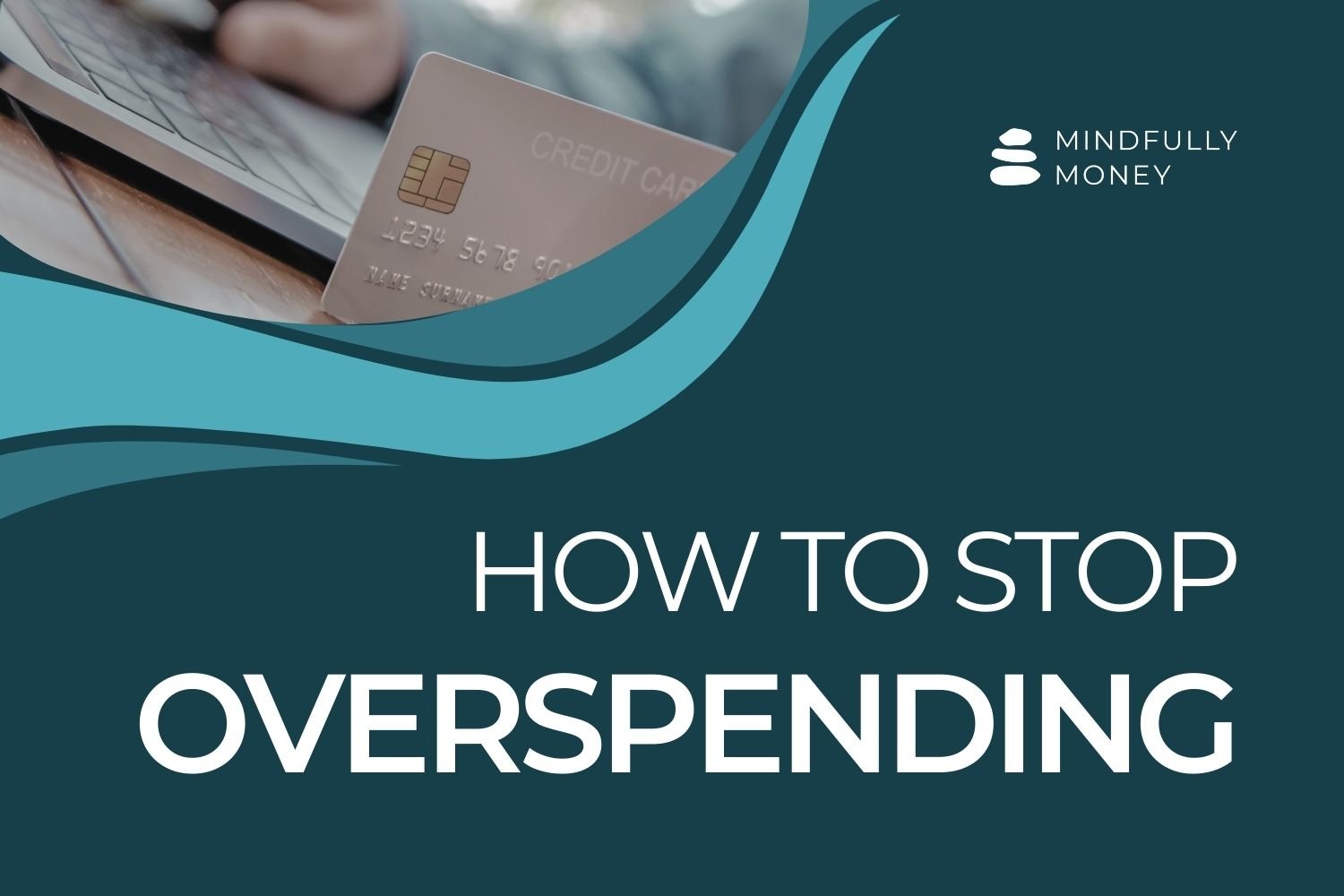How to Eat Organic on a Budget: Practical Tips for Affordable Healthy Eating
Eating organic food is a great way to reduce your exposure to chemicals, growth hormones, and other additives typically used in conventional farming. But because it tends to be more expensive, eating organic isn’t always easy when you’re on a budget. While you may have to accept that it will simply cost more, there are still some things you can do to keep your grocery costs under control.
Scroll through the slides or keep reading for more details and links:













Prioritize Where Organic Matters Most
Not all foods carry the same pesticide load. Focus your organic dollars on the Environmental Working Group’s “Dirty Dozen”-these fruits and vegetables typically have the highest pesticide residues. When money is tight, buy conventional options from the “Clean Fifteen,” which usually have much lower levels of pesticides.
Shop Smart: Where and When to Buy Organic
Choose Budget-Friendly Stores
Aldi, Trader Joe’s, Fresh Thyme, and Costco are known for affordable organic selections. Don’t be discouraged if you don’t love every item on your first visit-give yourself time to explore and compare prices.
Check Weekly Ads
Before you make your meal plan and go shopping, check the store’s weekly ad to see what’s on sale that week. Make your meal plan based on the sale items. For example, if organic chicken is on sale, I might make a meal or two with chicken and buy a few extra packages to put in the freezer for another time.
Buy Store Brands
Many stores offer their own organic brands, which are often much cheaper than name brands but just as good.
Shop in Bulk at Co-ops
Co-ops often have places where you can fill up containers or bags from the bulk bins and then pay by weight. This can be significantly cheaper for things like dry herbs and spices, beans, oats, specialty grains/flour, etc. Paying by weight for your herbs and spices costs significantly less than buying a new container at the grocery store each time.
Embrace Seasonal and Frozen Produce
Buy In Season
Produce is cheapest and tastiest when it’s in season. Out-of-season fruits and veggies are often more expensive and less flavorful, as they’re shipped from far away.
Go Frozen
Frozen organic fruits and vegetables are picked at peak ripeness and flash-frozen, locking in nutrients and flavor. They’re usually less expensive and last longer, reducing food waste.
Eat Less Meat
If you grew up with “meat and potatoes” dinners like I did, you might be used to having meat as the main feature in your meals. But this can be expensive, especially when it’s organic. Make it an ingredient rather than the main event, or try more vegetarian meals.
For example, I regularly buy a rotisserie chicken, but we don’t simply eat the chicken (with sides) as a meal. Instead, I use it for sandwiches, soups, quesadillas, pot pies, white chicken chili, and more.
You can also stretch meat by adding beans, lentils, or grains to dishes like soups, stews, and stir-fries.
Find Recipes for Budget-Friendly Meals
Sometimes you just need ideas for meals that will help you make the most of your budget. Check out these websites and food blogs designed around making nutritious (and tasty!) meals without spending a lot of money.
Or, try telling your favorite AI tool what ingredients you have and ask it to give meal suggestions! (I’ve never tried it, but this writer recommends it and has some tips for meal planning with ChatGPT.)
Make Your Own
Not everyone has time or wants to prioritize their time for this, but making your own can be a great way to reduce the cost of organic groceries. This is especially true when it comes to bread, yogurt, granola, and salad dressings.
Making your own bread and yogurt sounds intimidating, but it’s actually quite easy.
No-Knead Bread
If you’ve never made bread before, I highly recommend starting with a super easy no-knead bread recipe that anyone can do: https://pinchofyum.com/no-knead-bread. You mix it up the night before, form it into a ball in the morning, let it sit for a while, and then bake it in a big pot.
Yogurt
Yogurt sounds even crazier, but you can easily turn a gallon of organic whole milk into 4–5 quarts of yogurt. It ends up being less than half the cost of buying yogurt at the store, and you can regulate how much sugar you put in it. Here’s a good overview to get you started: https://www.thekitchn.com/how-to-make-yogurt-at-home-cooking-lessons-from-the-kitchn-125070
Connect with Local Farmers
Visiting a farmer’s market or signing up for a CSA share can be a great way to get organic produce for less. See if your state has a directory of local farmers or farmers’ markets near you. If you have a large freezer, you can also buy meat directly from the farmer.
Grow Your Own
Even a small container garden can yield herbs, greens, or tomatoes for a fraction of store prices. If you have space, consider growing a few of your favorite organic veggies or herbs.
(I love growing herbs in pots so that I can have them fresh all summer. In the fall, I harvest them and freeze them, make pesto, or dry them.)
Reduce Food Waste
Plan your meals, use up leftovers, and freeze anything you can’t eat in time. If you don’t love leftovers, see if you can turn them into something else (like the rotisserie chicken ideas mentioned above).
Use Coupons and Apps
Sign up for store apps, coupon sites, or even contact your favorite organic brands for discounts. Every little bit helps.
Consider an Online Organic Food Store
Companies like Thrive Market claim to sell organic and sustainably sourced foods for less. (I don’t have a membership and can’t actually compare prices, but it’s something to consider.)
Figuring out how to eat organic on a budget is possible, though it may take a little time to figure out the strategies that work best for you. When you’re just getting started, visit a few stores and compare prices on a few things you buy most frequently so you can get a sense of baseline prices. Once you know generally where you can get what you need for the best price, you can watch for sales and stock up on commonly used items. Remember to use your freezer and pantry, and review what you have on hand before you go shopping.
With a little time and these strategies, you can enjoy the benefits of organic food while keeping your grocery bill in check.




